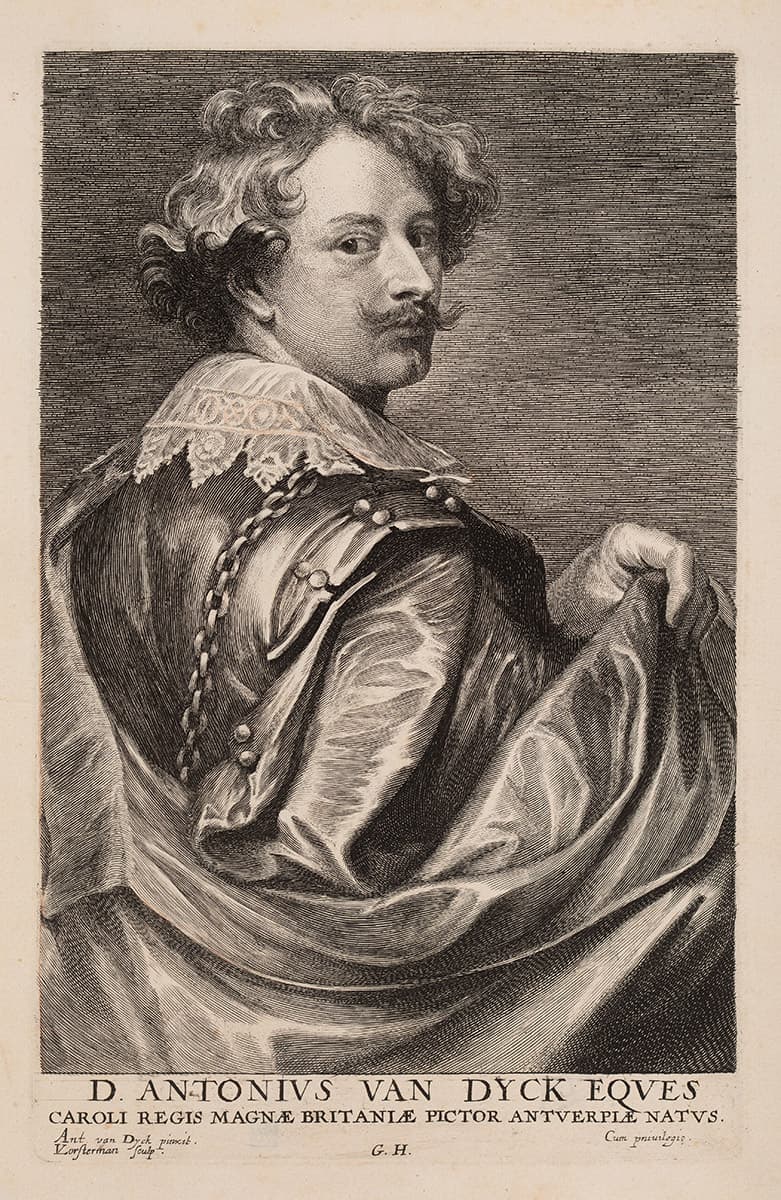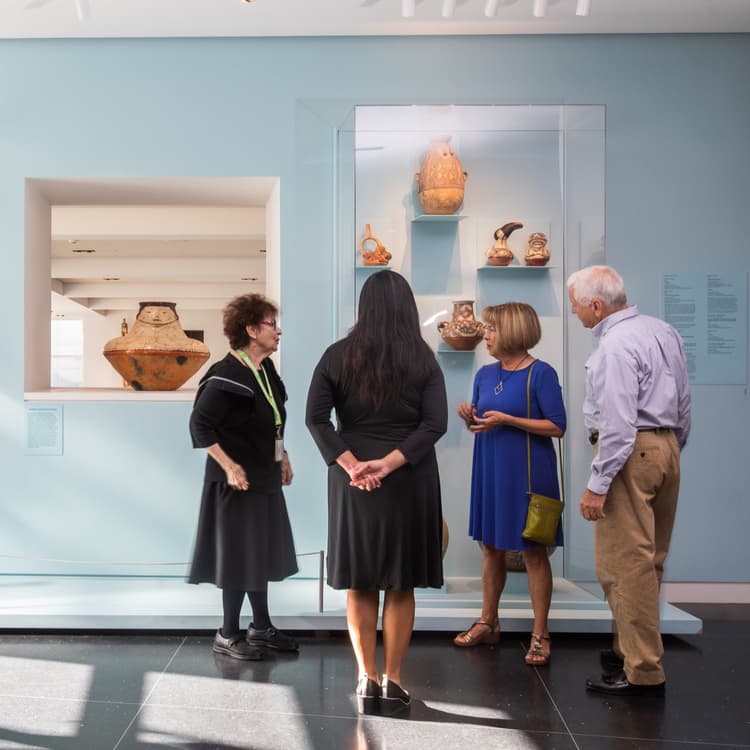Arts, Letters, and Power
Van Dyck and the Portrait Print
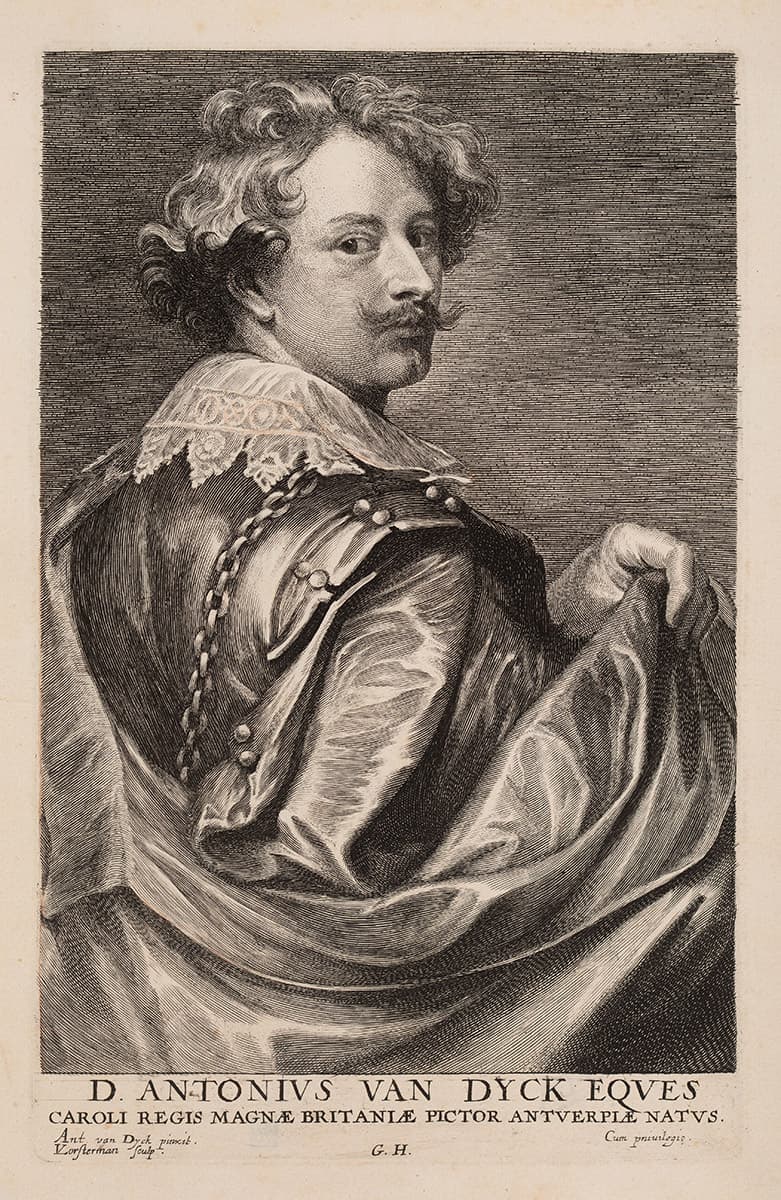
Van Dyck and the Portrait Print
Soon after his return from Italy to his native Flanders in 1627, the famed portraitist Anthony van Dyck began a series of etchings depicting the illustrious people of his day. Beginning with 15 etchings by his own hand, Van Dyck provided the designs for what became more than 100 prints of painters, musicians, humanists, and international rulers. Centered on the Netherlands and Flanders, but including sitters from as far away as Spain and Austria, the series constitutes a panorama of educated society in the 17th century and set a new precedent for portrait printmaking. In this exhibition of 60 prints, sitters as varied as the Spanish regent Archduchess Isabella Clara Eugenia, the Bohemian general Albrecht von Wallenstein, the arts patron Nicholas Rockox, and Van Dyck’s friend and fellow artist Frans Snyders embody the lives and intrigues of European courts.
Lucas Vorsterman the Elder (Flemish, 1595–1675), after Anthony van Dyck (Flemish, 1599–1641), published by Gillis Hendricx (Flemish, 1640–1677), Anthony van Dyck, n.d. Engraving on paper, 8 7/8 x 6 in. (image). Crocker Art Museum, gift of Margaret and Timothy Brown, 2021.115.2.
Sarah E. Farkas
Associate Curator of Art
Exhibition Preview
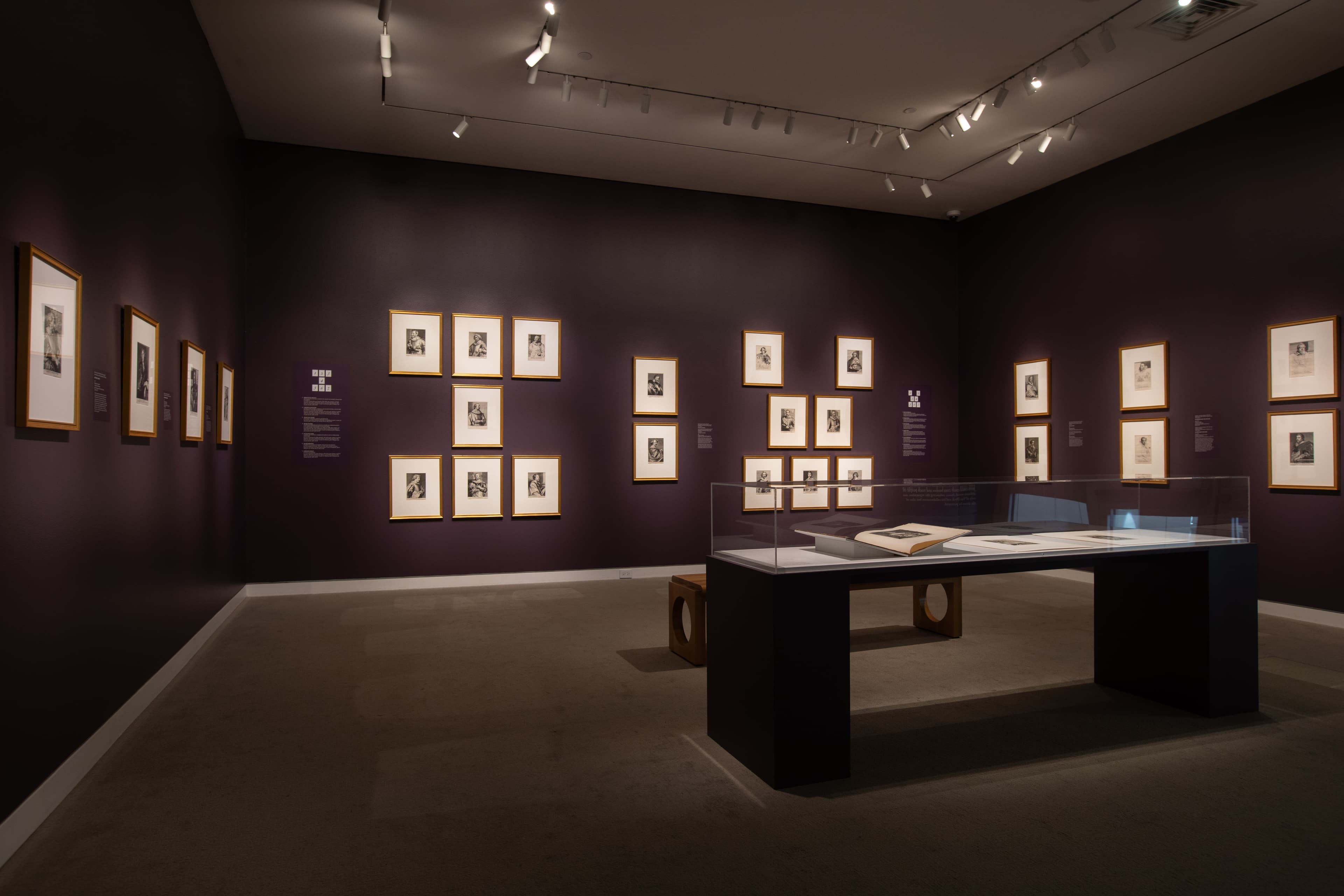
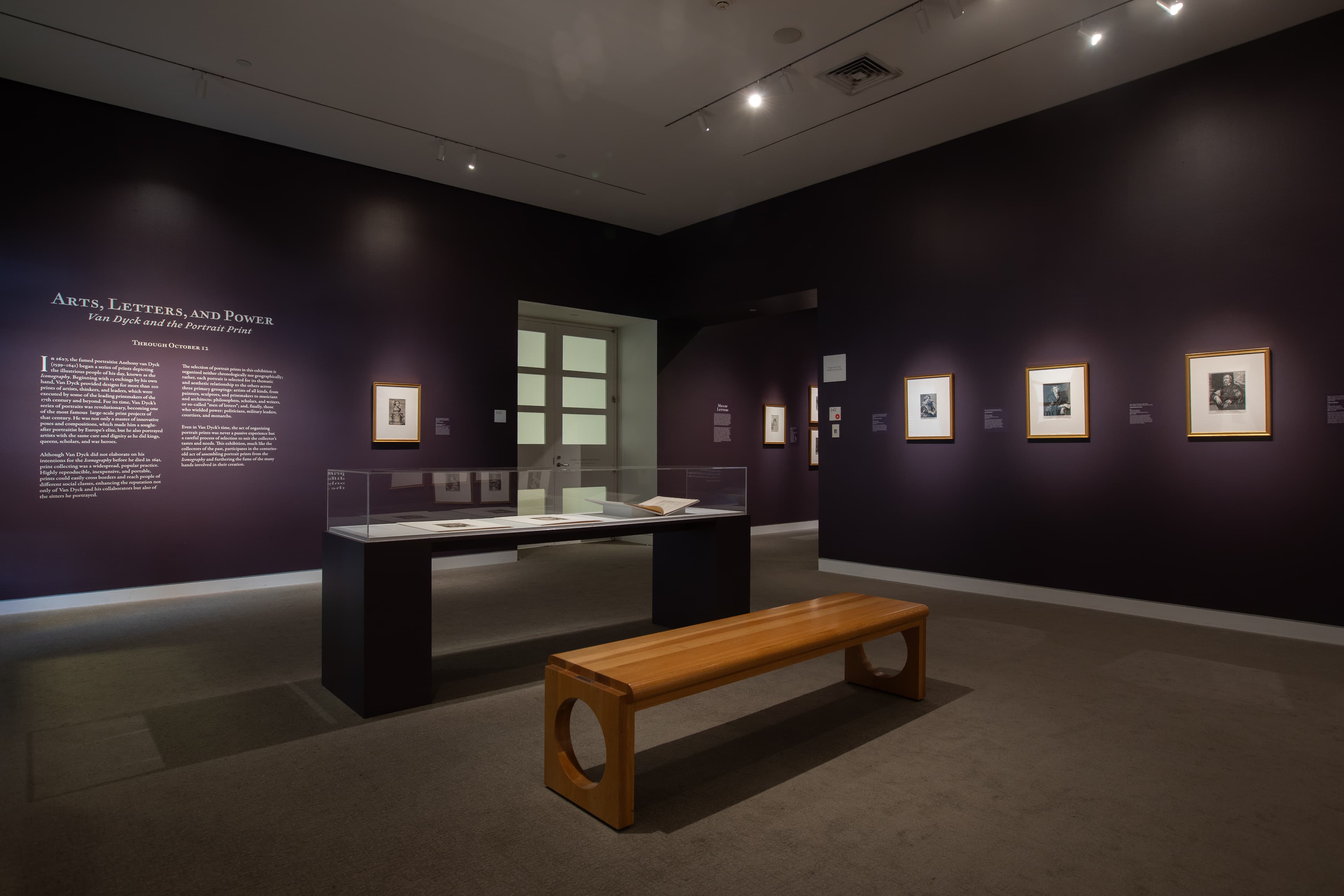
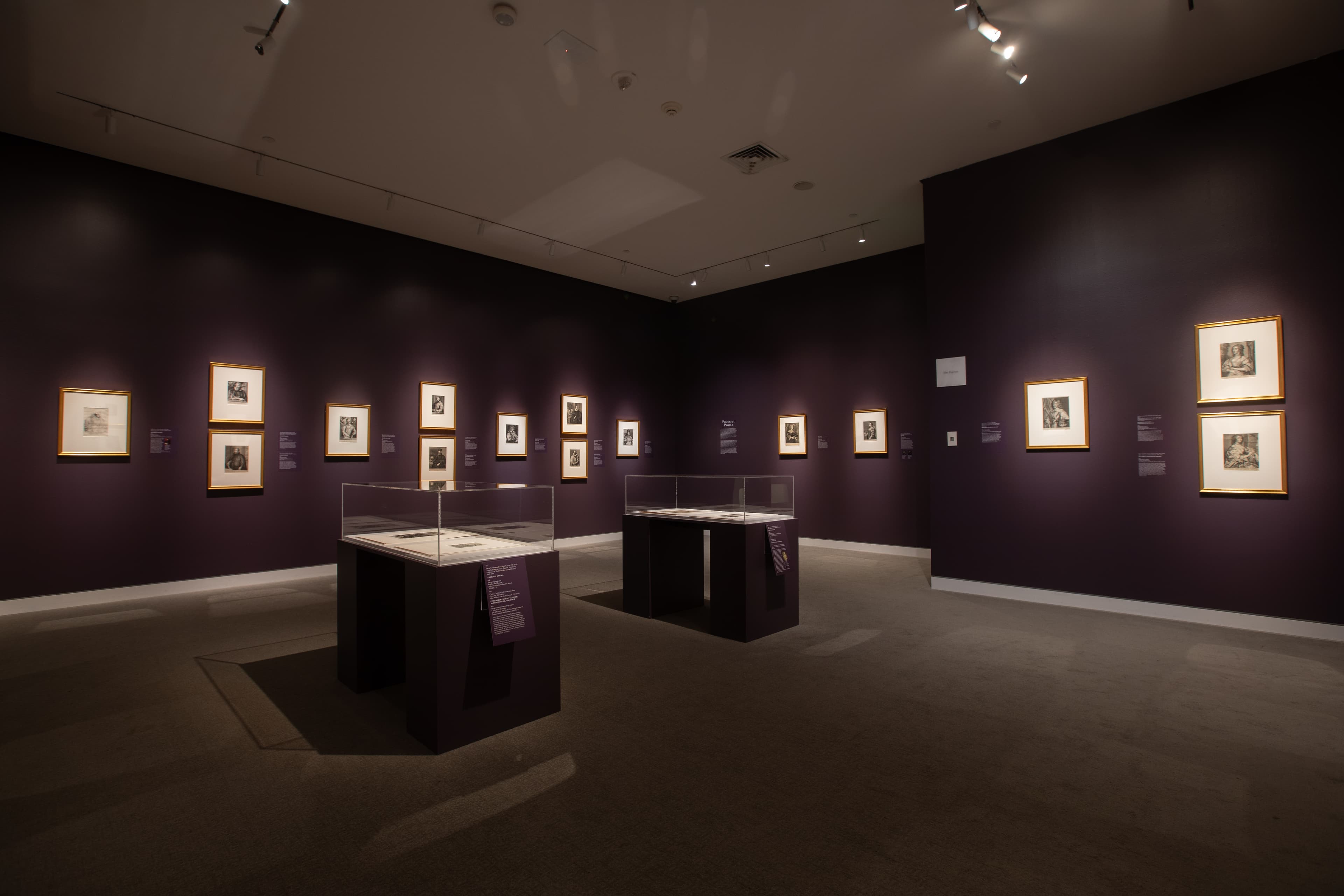
More Info
Capturing the likeness of nobility, military leaders, thinkers, and artists of the era, Van Dyck’s familiarity with the era’s power players was not unlike artists today, many of whom also rub shoulders with celebrities and politicians or are splashed across our news feeds. In the seventeenth century, however, the status of the artist was still an unresolved question. Artists had long been associated with artisans and craftspeople in the European social order as producers of consumable goods, no matter how fine and costly those goods were. Increasingly, however, artists sought entry into the realm of the intellectual, likening themselves to poets, scholars, and philosophers. The portrait—specifically, the artist’s self-portrait—was an essential component in early modern debates regarding one’s status.
Although Anthony van Dyck was far from the first European artist to portray himself in a self-portrait, he expanded upon the tradition by depicting himself and many of his peers in the highly reproducible medium of print. In assembling a series of portraits of the artists of his generation alongside those of the dignitaries and the scholars of the day, Van Dyck made a clear argument for the intellectual and cultural importance of his profession, an argument that would influence subsequent artists from Rembrandt to Edgar Degas.
Like Rubens, Van Dyck spent significant time in Italy and France, painting many prominent members of the nobility, where he also encountered the work of Veronese, Titian, and other illustrious Italian artists of the late sixteenth century. These early influences shaped Van Dyck into a masterful colorist, a skill he used to emphasize the elaborate costumes of his elite clientele. At the same time, he learned a keen sense of composition and positioning that flattered his sitters and imbued his portraits with a sense of lifelike grace. Van Dyck consistently injected his figures with lively individualism through detailed attention to naturalism and dynamic positioning.
Anthony van Dyck never indicated how many subjects he intended for the series or in what order they should be presented. This exhibition, not unlike the collectors of Van Dyck’s own era, participates in the centuries-old act of assembling portrait prints from the Iconography, furthering the fame of the many hands involved in their creation.
